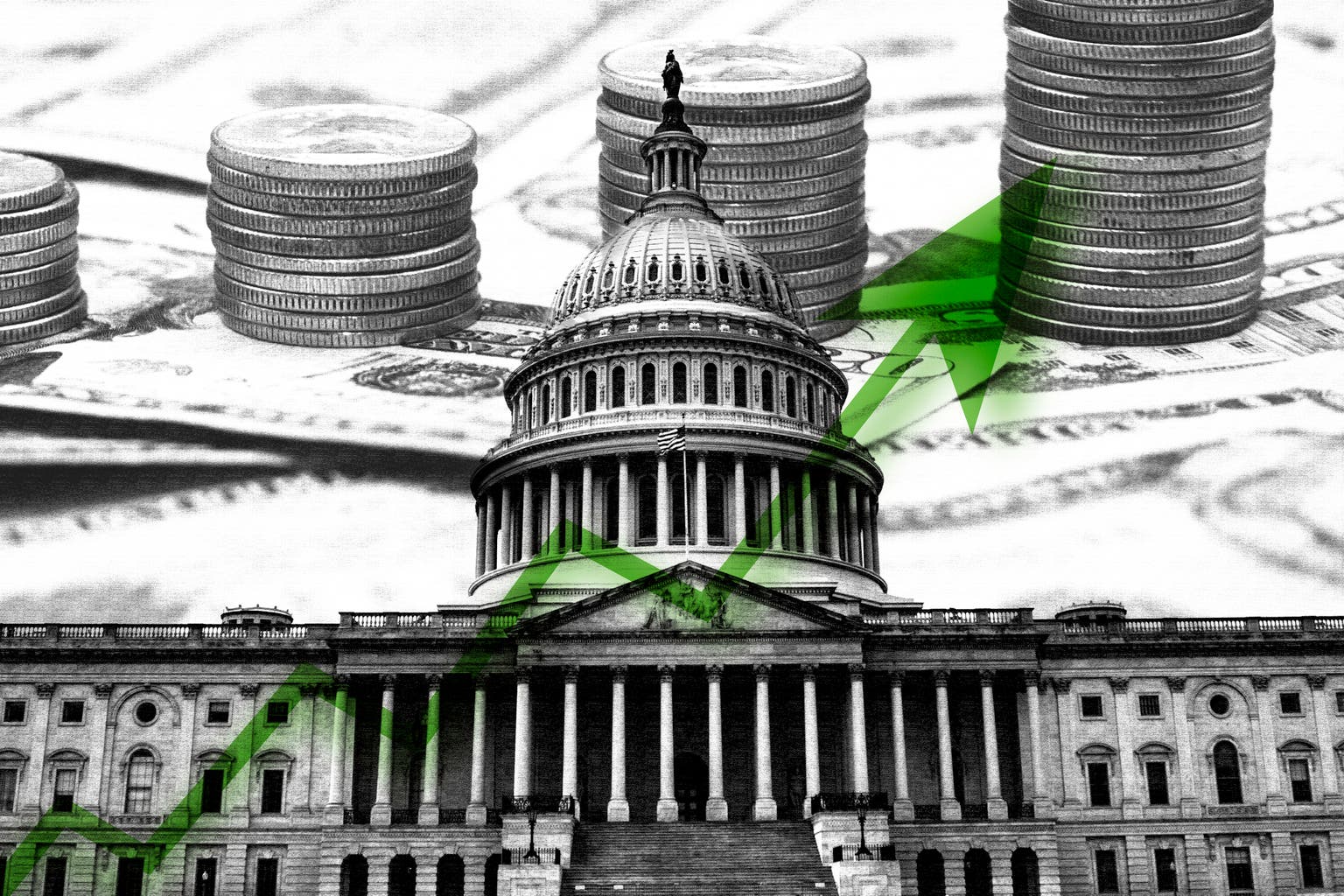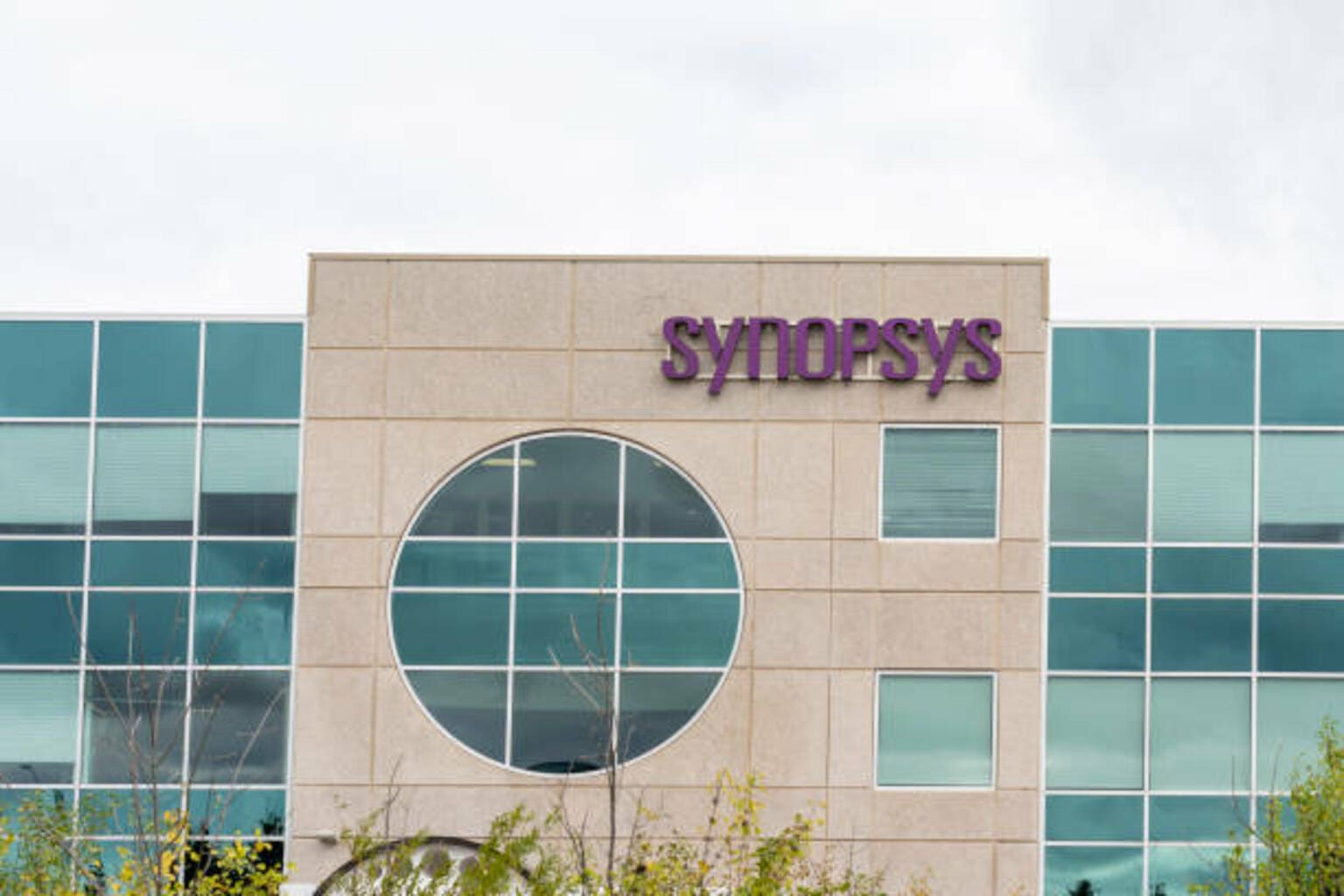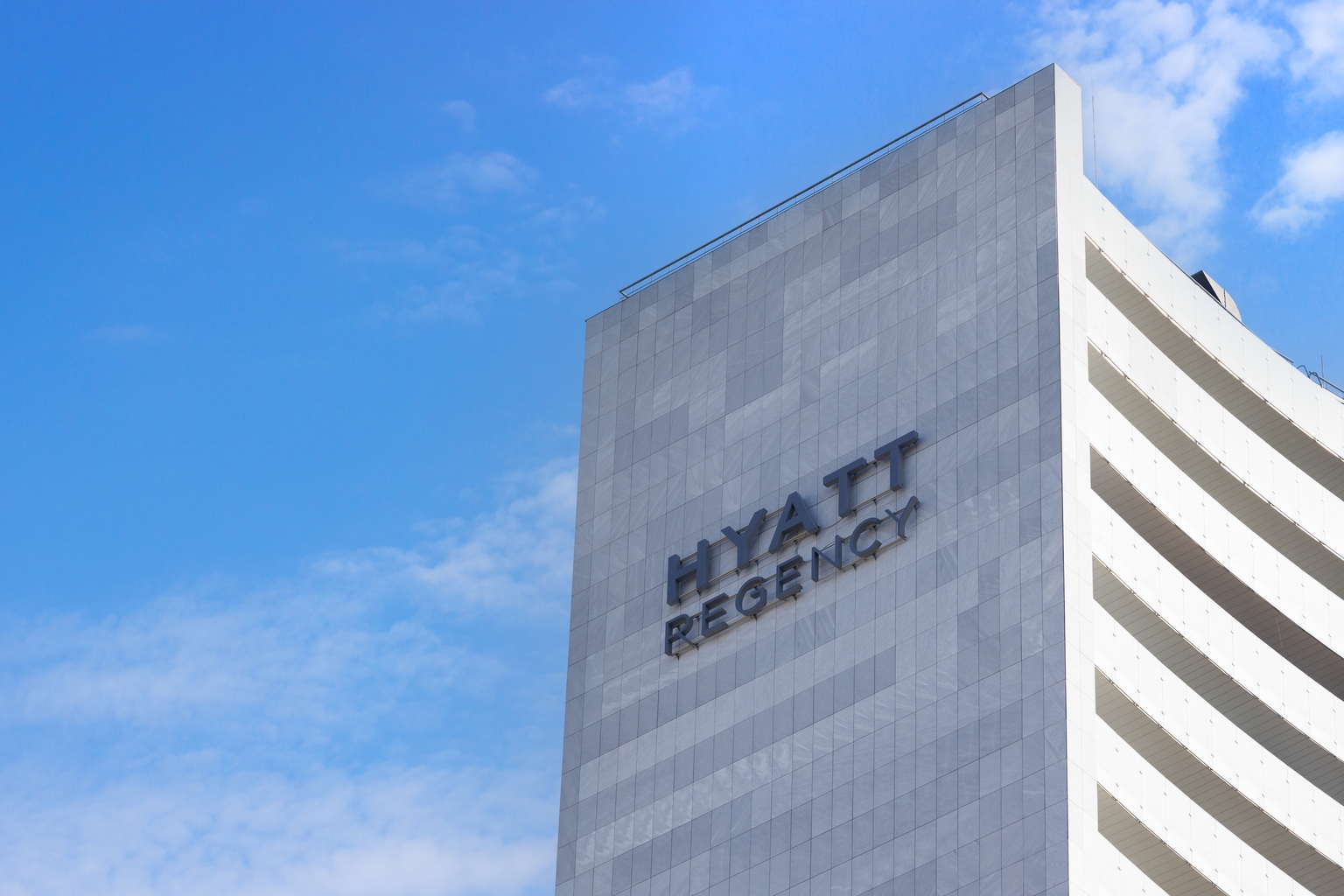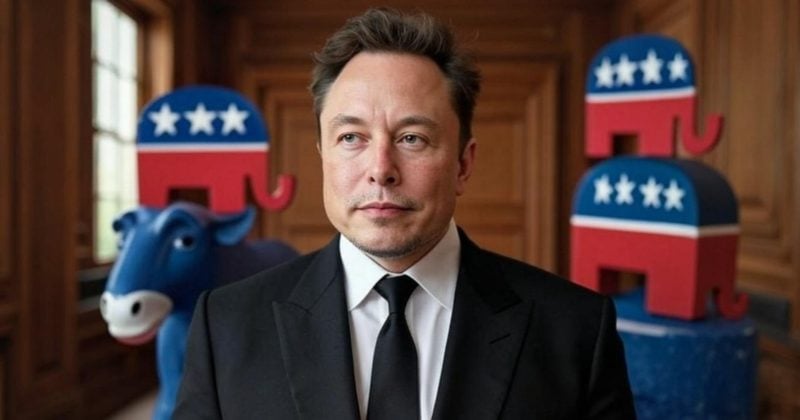shironosov/iStock via Getty Images
In November, I wondered why Ritchie Bros. Auctioneers Incorporated (NYSE:RBA) was acquiring IAA, Inc. (IAA). I believed that the standalone valuation for the company was demanding enough to start with, as the proposed purchase of IAA raised some questions following a similar valuation multiple being offered, leverage incurred and a puzzled strategic rationale.
The Base Case
Ritchie Bros. is among the best known names in the word of auctions of industrial equipment, providing auctioneer services, while at times actually being a bidder and financier for some auctioned equipment as well. The duality of the services, as a broker/auction house and buyer/financier, is interesting for shareholders, providing fee-related revenues and somewhat more volatile auction results as well.
In the year 2020, revenues rose 4% to $1.4 billion, with most sales generated from commissions and fees, with inventory sales coming in at roughly half a billion. Operating margins came in at nearly 20%, or just over a quarter of a billion dollars, equal to $1.50 per share. Even as earnings power improved to a run rate of $2 per share by year-end, a $75 per share valuation was huge, translating into high earnings multiples. Shares fell back to $60 in the summer 2021, translating into a $7.0 billion enterprise valuation, as the company announced a $1.1 billion deal to buy UK-based Euro Auctions.
Shares fell towards the $50 mark by year end, as 2021 has been relatively subdued. After all, sales rose just 3% in 2021, as adjusted earnings rose a few pennies to $1.94 per share, as I pegged realistic earnings at $1.75 per share. With shares down to the $50 mark I saw appeal increasing, but still found the valuation still too high.
In 2022, the company terminated the Euro Auctions deal as the UK Competition and Market authority did not give approval for the deal, as the own business was showing improved operating performance. First quarter sales rose 19%, second quarter sales rose 22%, and third quarter results rose as much as 25% (as reported in November) aided by inflationary pressures of course. Adjusted earnings rose to a run rate of $2.25 per share, as leverage is no longer an issue following the dismantled Euro Auctions deal.
Trading at $62, the company supported a $7.1 billion enterprise valuation last November, equal to about 27-28 times earnings on sales trending at $1.7 billion per annum. All this changed in a huge manner when the company announced the intended acquisition of IAA in a $7.3 billion deal in November. Of the $46.88 per share deal tag some $10 per share would be paid in cash, with the remaining based on stock and assumption of net debt. Pro forma net debt was seen at $2.5 billion, with Ritchie Bros. believing this is equal to 3 times leverage.
IAA was set to add $2.1 billion in sales and just over half a billion in EBITDA, as the company is slightly larger and more profitable. The difference, however, is that IAA is focused on cars and not a wide range of industrial and large scale goods, as the company sees $100-$120 million in synergies through 2025.
Shares fell from $62 to $50 overnight, shedding $1.3 billion in value in the process, based on the currently outstanding shares. Including the shares to be issued to IAA shareholders, the value dropped by as much as $2.2 billion. It seems fair to attribute this to the deal as the third quarter results were in line with expectations.
Calling this move huge in relation to a $7.3 billion deal tag, I was still a bit cautious given the increase in leverage, tougher economic cycle, higher interest rate environment and high valuations from the get go.
A Recovery
Forwarding from November to today, shares have regained all the lost ground, now being back to $62, albeit that it must be said that the market has seen a few strong weeks as well. In the meantime, it is the proposed transaction which has created quite some news flow around Ritchie Bros.
The company used the latter part of 2022 to extend its credit facilities, while obtaining regulatory clearance for the merger in Canada. At the same time, key shareholders have sent mixed signals as well. In November, Ancora Holdings (a key shareholder in IAA) announced its intention to vote against the deal. Luxor Capital, a key shareholder in RBA announced similar intentions, but now from the buyer´s perspective, an intention shared by Janus Henderson.
In January, momentum on the deal was apparent as Ritchie Bos. obtained the backing from Starboard Value. The investment firm, led by Jeffrey Smith, would invest $500 million in the firm, consisting out of $485 million in convertible preferred equity and the remainder in regular equity, obtaining a board seat as well.
The preferred equity investment could be converted into regular shares at an initial conversion price of $73 per share, a 23% premium to the prevailing share price, while carrying a 5.5% preferred dividend in the meantime. Alongside this investment, Ritchie Bros. changed the deal terms as well, increasing the cash component to $12.80 per share, now exchanging just 0.5252 shares of RBA for each share of IAA.
And Now?
Truth is that I am surprised by the rally in Ritchie Bros. Auctioneers Incorporated shares since the initial deal was announced in November. The reality is that markets at large are a bit more upbeat, as interest rates have come down and economic performance remains quite resilient. While the outcome of the deal is not yet known, progress has been made, as the reality is that exactly this progress on the deal and recovery in Ritchie Bros. Auctioneers Incorporated shares makes me again a bit cautious here.
That being said, the Starboard investment is a vote of confidence, but one has to understand that Starboard´s position is a bit different from regular shareholders, having a much longer term horizon as its equity carries a 5.5% yield, more than three times the current dividend yield for regular shareholders, thus getting paid much more to wait.
Amidst all these developments, Ritchie Bros. Auctioneers Incorporated will remain a very interesting stock to keep track of in 2023, although I am using a cautious approach here.















